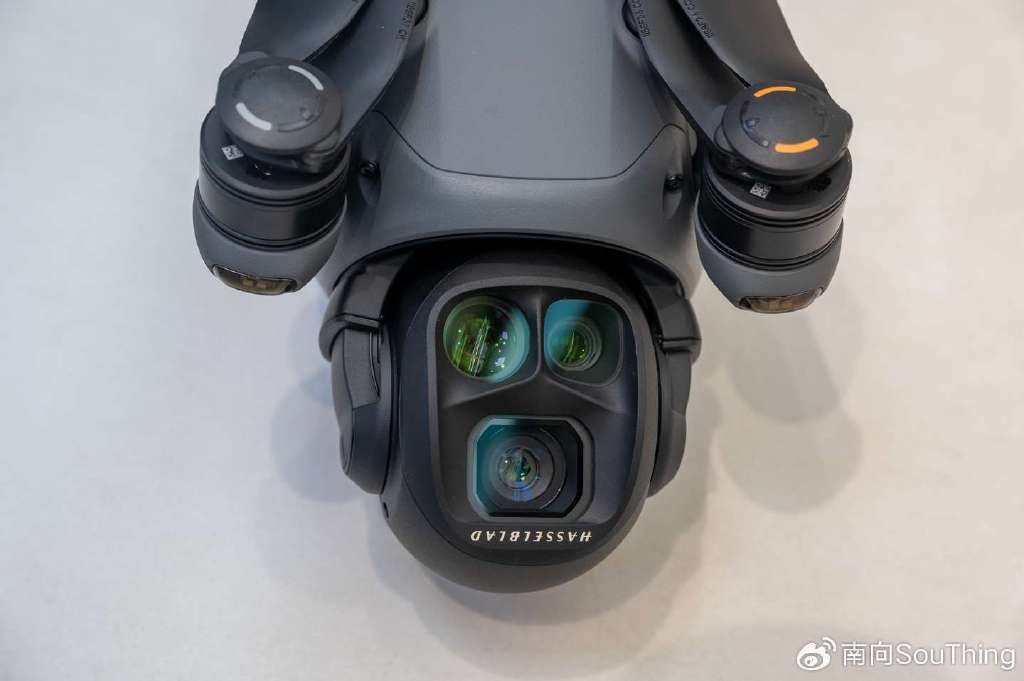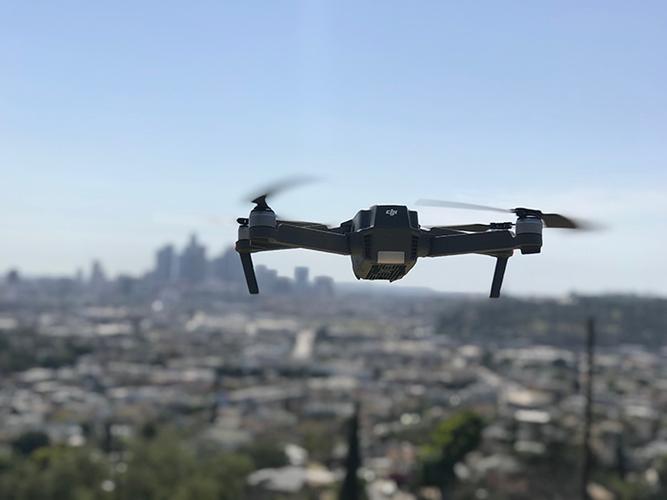When it comes to finding a quality drone with camera, there are several key features you should look for to ensure you get the best possible device for your needs. These flying gadgets have evolved significantly over the past few years, offering a wide range of functions that cater to both amateur photographers and professional videographers. In this comprehensive guide, we delve into what makes a drone truly stand out.
1. Camera Quality: Capturing High-Resolution Images and Videos
The camera is arguably the most important feature of a drone if you’re aiming for high-quality imagery. A top-notch drone typically comes equipped with a camera capable of shooting in HD or even 4K resolution. Sensors are also crucial; the larger the sensor, the better the image quality, particularly in low-light conditions. Look for drones whose cameras have image stabilization technologies, which minimize blurring and provide smooth footage.
2. Flight Time and Battery Life
One of the primary limitations of drones is their flight time. Most quality drones with cameras offer a flight time of 20 to 30 minutes on a single charge, but some can reach up to 45 minutes. Consider drones that support interchangeable batteries to extend flying sessions without downtime.
3. Range and Control
A quality drone comes with an advanced remote control system that allows for seamless navigation and precision flying. The range of a drone is crucial as it determines how far you can fly it from the controller. High-end drones offer a range exceeding 3 miles, which is ideal for long-distance exploits.
4. Stabilization Features
Stability in windy or turbulent conditions is essential for capturing smooth and clear images. Many drones use 3-axis gimbals which greatly stabilize the camera, even during rapid movements or gusts of wind. This technology is crucial for professional-grade footage.
5. GPS and Intelligent Flight Modes
Drones that come with GPS features enhance user experience by offering modes such as follow-me, orbit, and waypoint navigation. These intelligent flight modes automate the drone’s flight path, allowing users to focus entirely on videography and photography without worrying about piloting the drone.
Additionally, GPS helps in precise positioning and return-to-home features, which automatically bring the drone back to its take-off point, preventing loss or crashes.
6. Build Quality and Portability
Another factor to consider is the drone’s build material, which impacts durability and weight. Lightweight materials like carbon fiber not only improve flight efficiency but also make the drone easier to transport. Many quality drones with cameras are foldable, making them travel-friendly without compromising performance.
7. Safety Features
Safety features like obstacle detection and avoidance are critical in a quality drone. These systems use sensors to detect nearby objects and navigate around them, preventing potential collisions and ensuring safe flight paths. Consider drones with extended safety features like geofencing, which restricts the drone from flying into no-fly zones.
8. Software and Firmware Updates
Quality drones often come with accompanying mobile applications that not only assist in controlling the device but also provide necessary software and firmware updates. Regular updates can introduce new features, refine existing ones, and ensure the drone operates smoothly, enhancing the overall flyer experience.
Frequently Asked Questions (FAQ)
Q1: What is the typical range of a quality drone with a camera?
High-end drones typically offer a range of over 3 miles, allowing for extensive exploration and remote photography opportunities.


Q2: Can I fly a drone with a camera in low-light conditions?
Yes, drones with larger sensors are well-suited for low-light photography, thanks to their ability to absorb more light, resulting in detailed and bright images even in dim environments.
Q3: Are there drones designed specifically for beginners?
Absolutely! Many drones include beginner-friendly features such as one-touch takeoff/landing, GPS-assisted flight stabilization, and automated flight modes, making them accessible to novice users.
